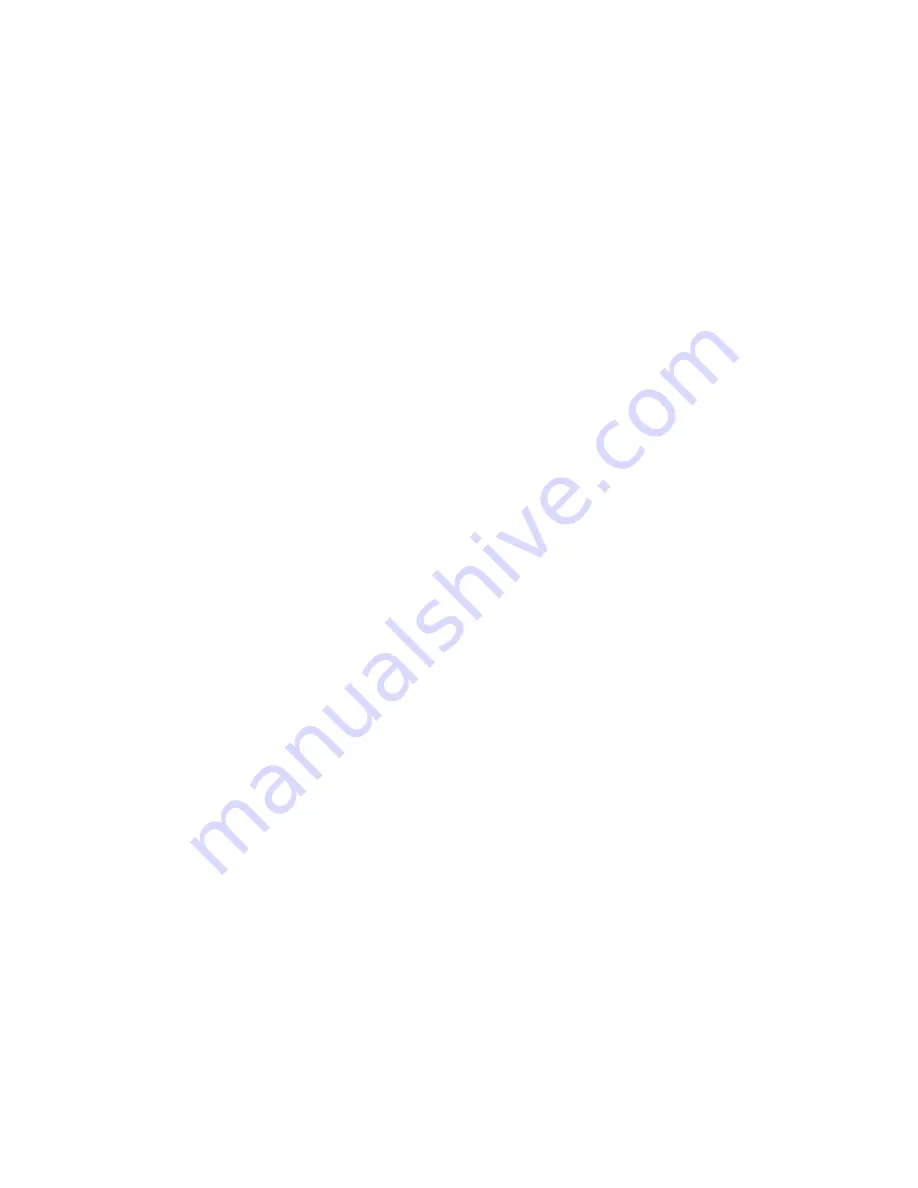
Connecting the Etherwave Plus to a MF-102 Ring Modulator.
In this example we will control the MF-102’s built-in Carrer Oscillator, which is combined with the audio of the ther-
emin itself in the Ring Modulator to produce sum and difference frequencies.
• First, connect the Audio Output of the Etherwave Plus to the Audio Input of the MF-102.
• While making sound with the theremin, adjust the Drive Control of the MF-102 so it is YELLOW.
• Set the MF-102 Frequency Control to 120 Hz (Hi Range).
• Now connect the Pitch CV Output to the MF-102 Frequency Input.
• Set the Mix Control to full CCW and the LFO Amount to full CCW.
• Connect the Volume CV Output to the MF-102 Mix Input.
Now as you move your left hand away from the Volume Antenna, the volume of the audio increases, as does the
volume of the ring modulator effect. When your left hand is away from the Volume Antenna, what you hear is 100% the
effected signal. As your right hand moves in proximity to the Pitch Antenna you will hear the variation of the difference
tones generated by the Ring Modulator as both the pitch of the Carrier Oscillator and the theremin audio are changing.
Note: for more information on the operation of the MF-102, refer to “Understanding and Using your MF-102 Ring
Modulator” manual, available on our website www.moogmusic.com.
For an even more intense effect, try the following changes to the previous setup:
• Connect the Volume CV Output to the LFO Rate Input of the MF-102.
• Now set the Mix and LFO Amount to full clockwise.
• Set the LFO Waveform switch to the square wave position.
• Place the LFO Rate Control in mid-position.
Now when your left hand moves away from the Volume Antenna, the LFO Rate increases – even into the audible
frequency range. This creates complex sidebands in the Carrier Oscillator itself, generating some very hairy timbres. Far
out!
This last example illustrates two important things:
• The Etherwave Plus’ antennas don’t have to control the same parameter on other pieces of gear that they control on
the theremin – for instance the Volume Antenna can control the LFO Rate.
• There are many ways to use gestural control of electronic musical instruments. Hook it up and try it. Experiment!
These are just a couple quick examples to get you started with using the Etherwave Plus as a CV controller. As the
variety of modern analog CV-compatible equipment increases, so to does the wealth of opportunities for the use of
your Etherwave Plus as an expressive gestural controller for your sonic explorations. For more applications using the
Etherwave Plus as a gestural CV Controller, visit our website www.moogmusic.com/theremin/.
Configuring the Headphones for “Pitch Preview”
The Headphone Output of the Etherwave Plus is designed to drive a pair of headphones with a minimum of 32 Ohms
impedance. The level of the Headphones signal is set by the “Phones Vol.” panel control. It is not recommended to use
the Headphone Output with a 2-conductor, Tip-sleeve 1⁄4” instrument plug for an alternate audio output. As configured
from the factory, the Headphone Output is generated from the Etherwave Plus’ audio output for practicing using head-
phones.
Some theremin users like to hear the theremin’s waveform independently of volume control – the so-called “pitch
preview” function. The Headphone Output can be configured for this feature by moving an internal jumper on the Eth-
erwave Plus circuit board.








